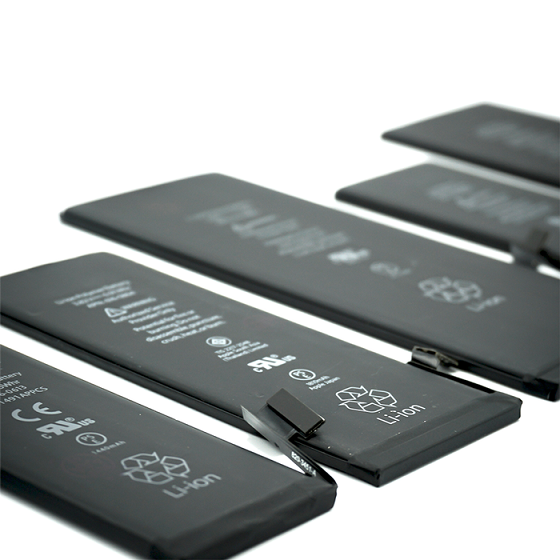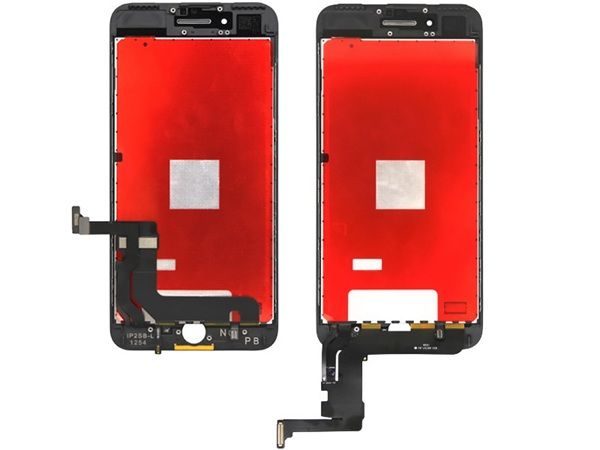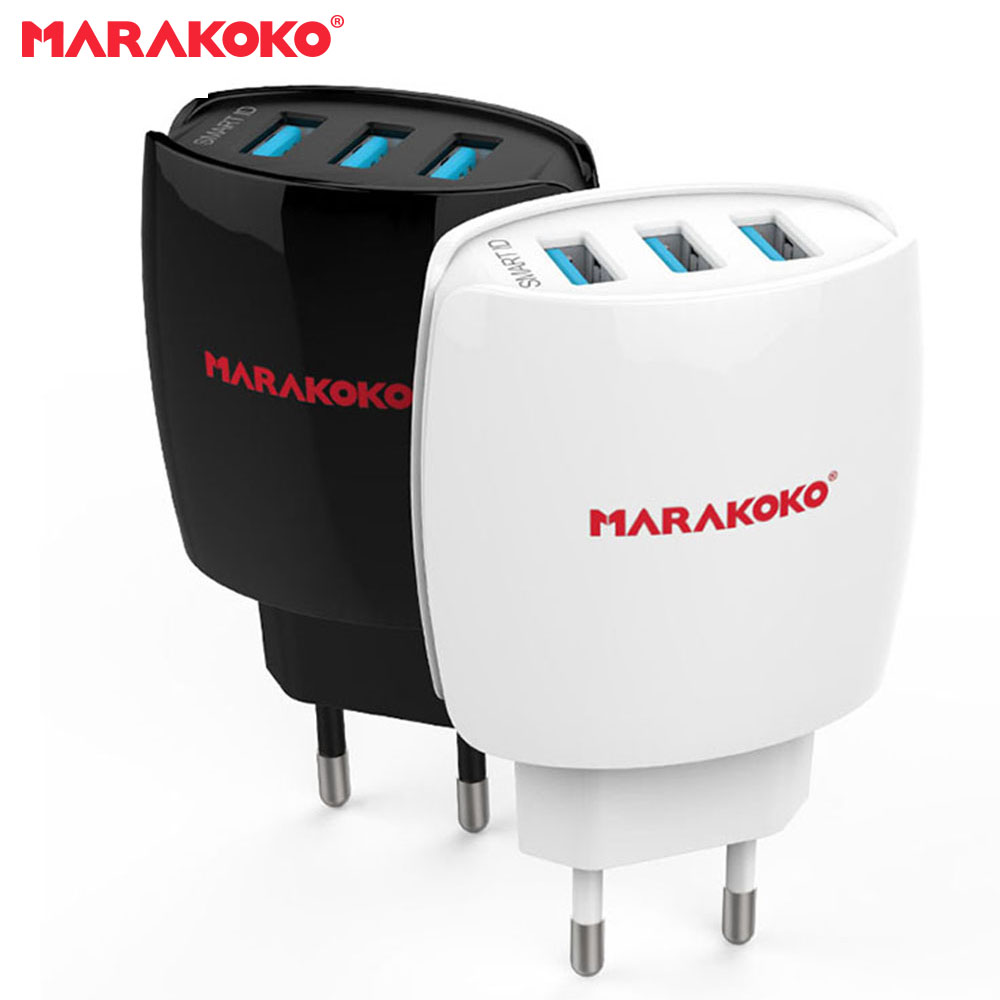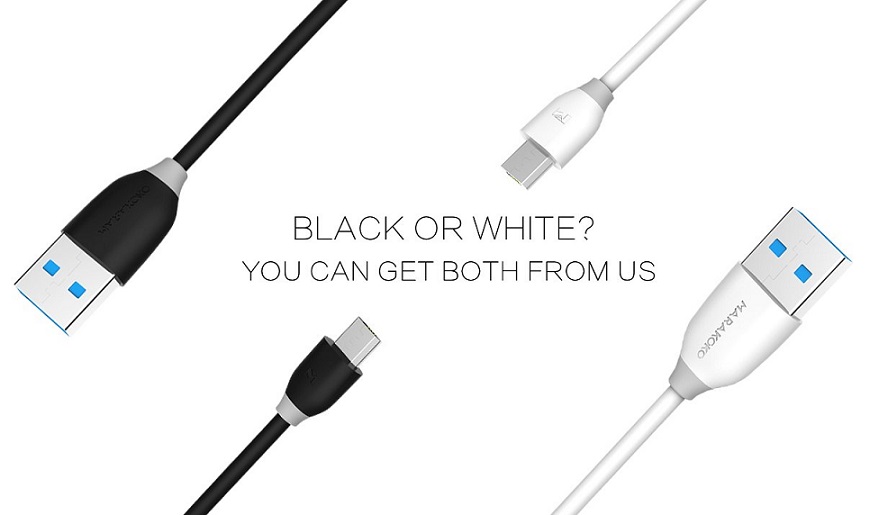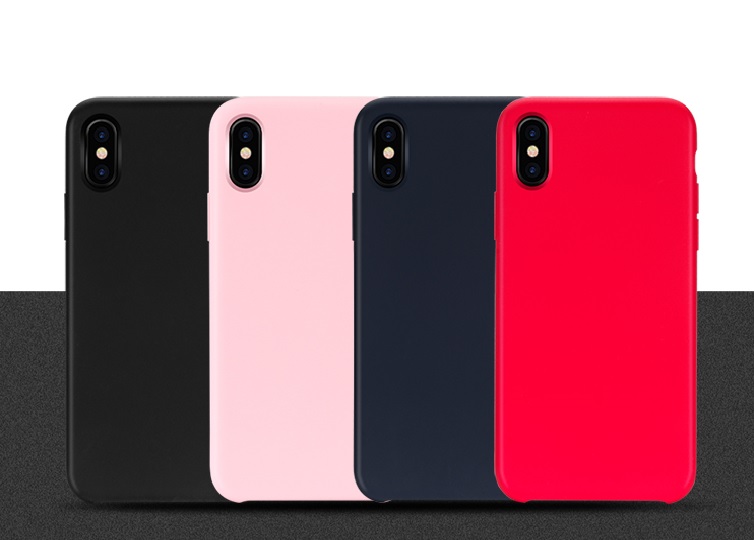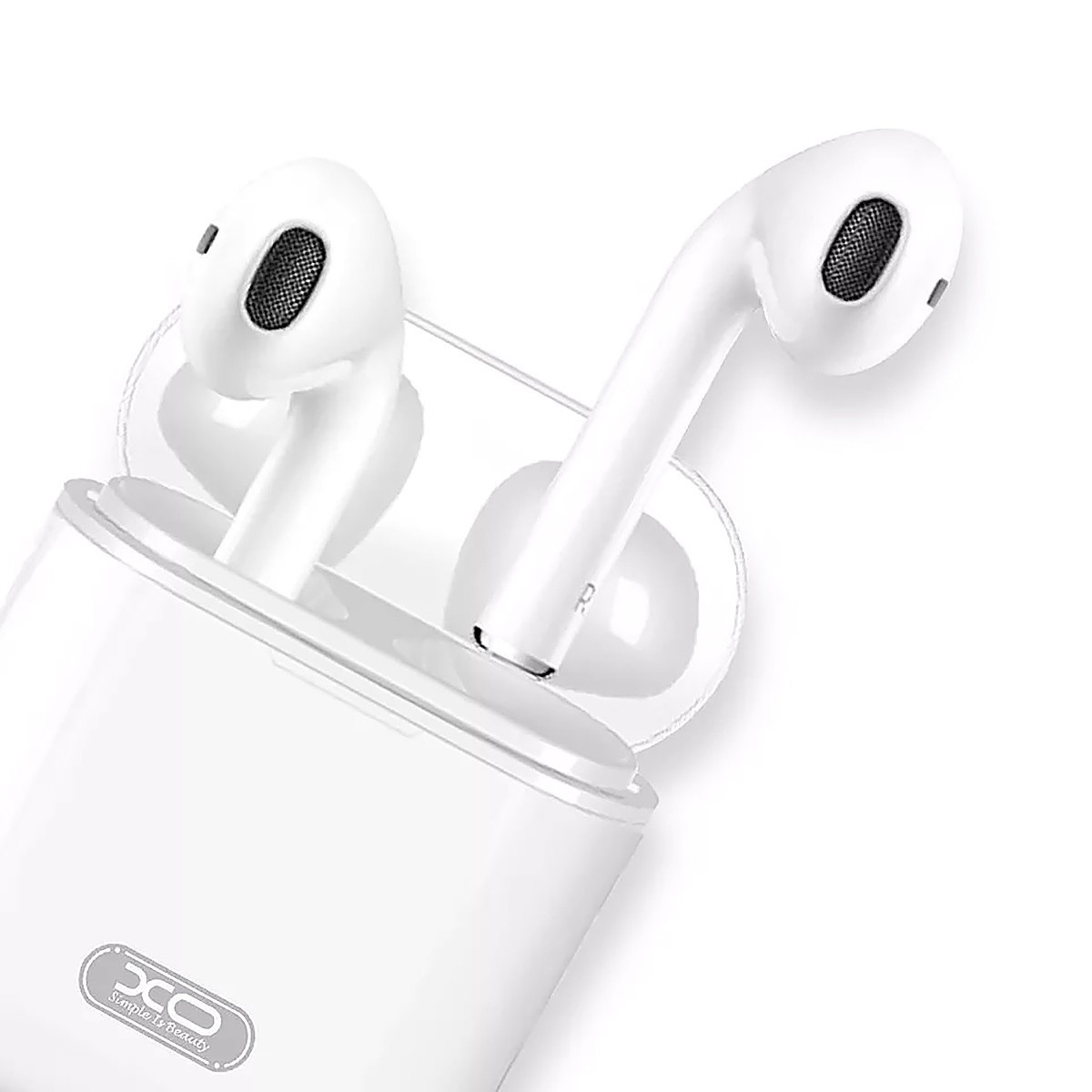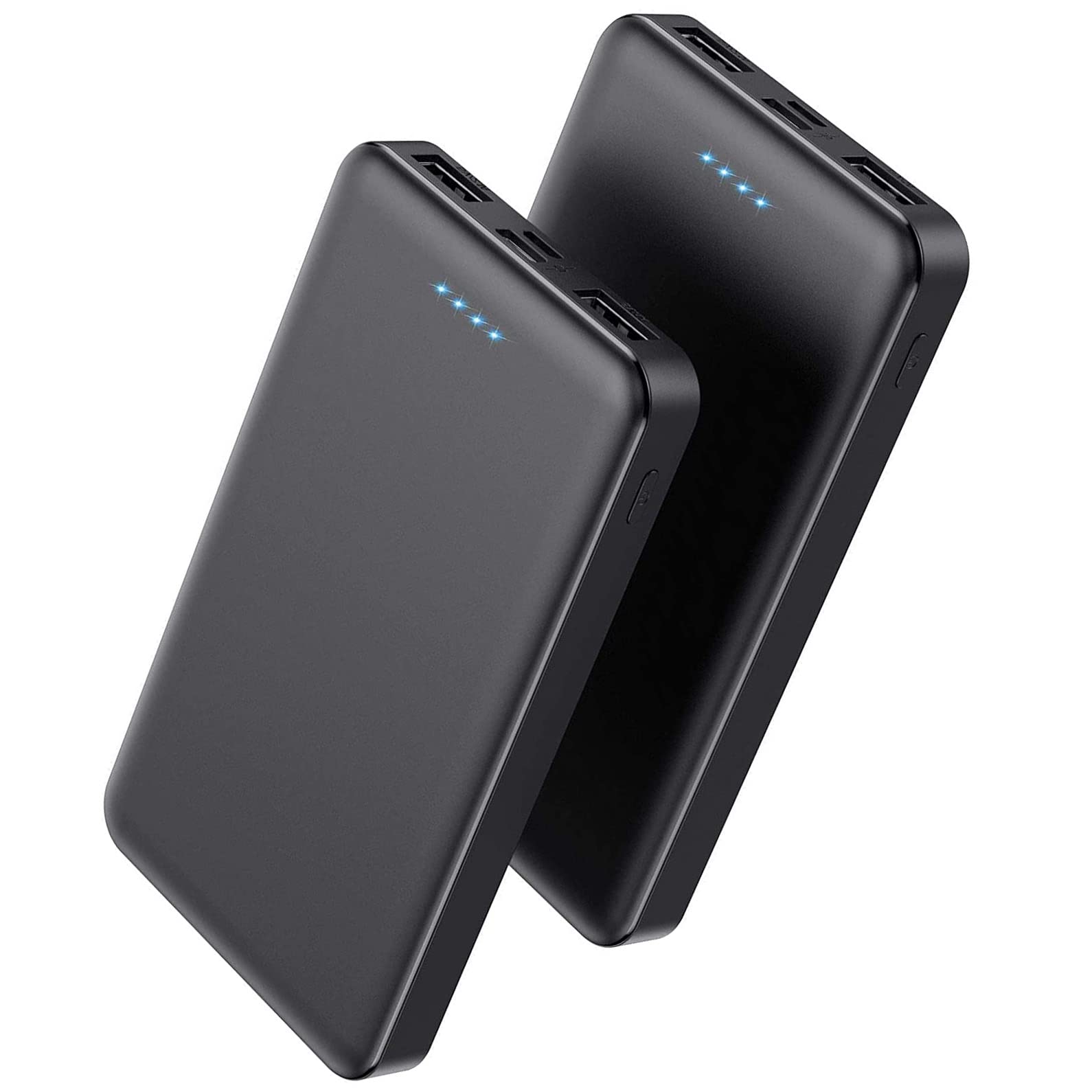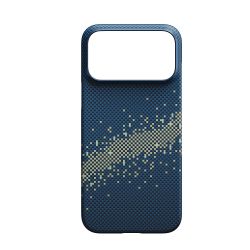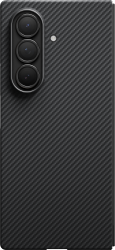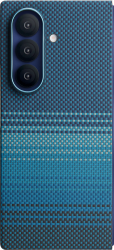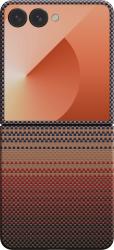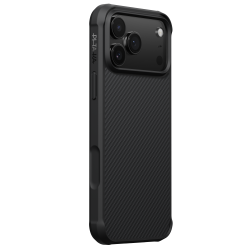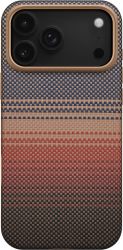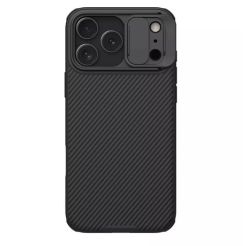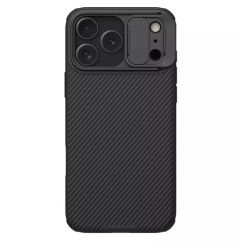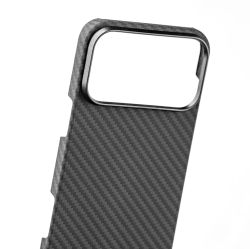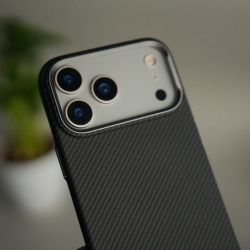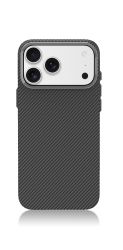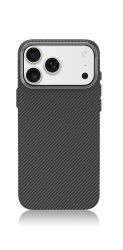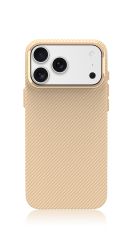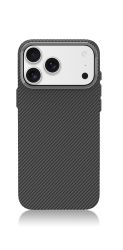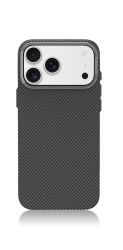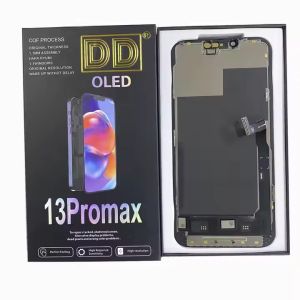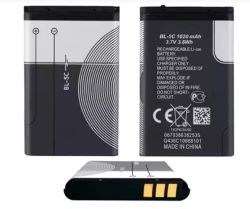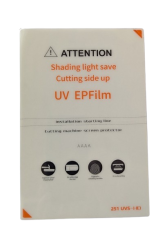Display for iPhone 13 Pro Max soft oled DD
Key benefits and features
Soft OLED panel – vivid colors, deep blacks and high contrast
DD (Double Display) chip – stability, precise touch and fast response
Smooth visualization and realistic picture – ideal for video, games and everyday use
Oleophobic coating – protection from fingerprints and easy cleaning
100% tested product – defect-free, ready to install
Compatibility: iPhone 13 Pro Max (all versions – A2484, A2641, A2643, A2644, A2645)
⚙️ Technical parameters (example):
Diagonal: 6.7 inches
Resolution: 2778 × 1284 pixels (458 ppi)
Panel type: Soft OLED (DD series)
Contrast ratio: up to 2,000,000:1
Brightness: up to 1,000 nits (typical) / up to 1,200 nits (HDR)
Color space: Wide P3 / HDR compatible
Support: True Tone, Face ID, Auto Brightness, HDR
Soft OLED panel – vivid colors, deep blacks and high contrast
DD (Double Display) chip – stability, precise touch and fast response
Smooth visualization and realistic picture – ideal for video, games and everyday use
Oleophobic coating – protection from fingerprints and easy cleaning
100% tested product – defect-free, ready to install
Compatibility: iPhone 13 Pro Max (all versions – A2484, A2641, A2643, A2644, A2645)
⚙️ Technical parameters (example):
Diagonal: 6.7 inches
Resolution: 2778 × 1284 pixels (458 ppi)
Panel type: Soft OLED (DD series)
Contrast ratio: up to 2,000,000:1
Brightness: up to 1,000 nits (typical) / up to 1,200 nits (HDR)
Color space: Wide P3 / HDR compatible
Support: True Tone, Face ID, Auto Brightness, HDR
Difference between Soft OLED and Hard OLED display
Characteristics Soft OLED Hard OLED
Screen flexibility Flexible (built on a flexible plastic base) Hard (built on a glass base)
Image quality Excellent - closest to the original Apple OLED Very good, but sometimes with lower contrast or cooler colors
Brightness and colors Higher brightness, more accurate colors Slightly lower brightness and more saturated, but not as natural colors
Thickness and weight Thinner and lighter panel Slightly thicker and heavier
Durability during installation More flexible - harder to break when bent More brittle - easier to break, especially during installation
Price More expensive due to the technology More affordable (lower price)
Power consumption Lower Similar, but slightly higher
Look and feel Closest to the original display Excellent, but with a cooler color tone
Suitable for Premium repairs, customers who want “like original” quality Services and customers who are looking for good quality at a more affordable price

